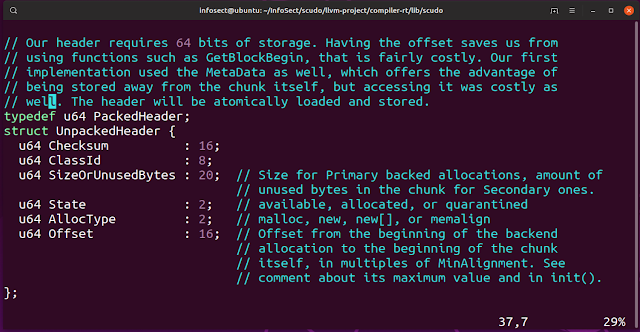Bit Flipping Attacks Against Free List Pointer Obfuscation
Dr Silvio Cesare @silviocesare Summary In this blog post, I look at attacks to make an obfuscated free list pointer, such as that used in the Linux kernel, demangle or descramble to an arbitrary address. The way I do this, is to substitute the stored and obfuscated pointer with a pointer of my choosing and then take note of errors reported by the resulting invalid pointer once it has been demangled. Using bitwise arithmetic, I am able to take these invalid pointers and construct a new substitute pointer such that demangling returns to me a near arbitrary pointer. Introduction Free list pointers are used in the default Linux kernel heap allocator, SLUB. A free list pointer holds the address of the next available chunk of memory. If an attacker is able to corrupt or poison this pointer, they might make a heap allocation return a somewhat arbitrary pointer. In the Linux kernel, this pointer is not entirely arbitrary because the pointer is validated to belong to the appropriate

